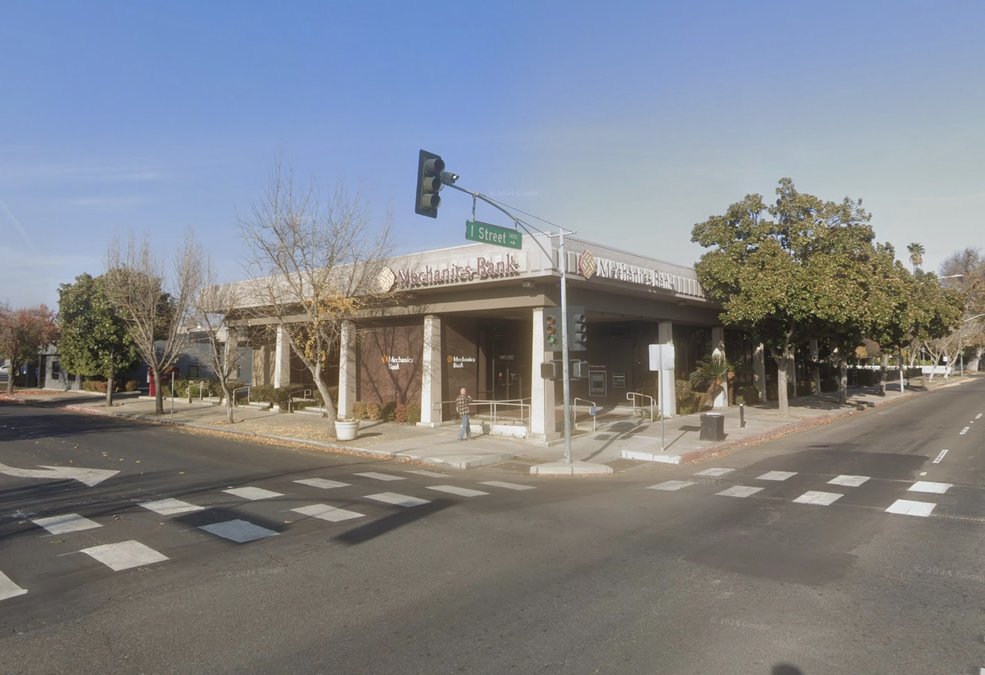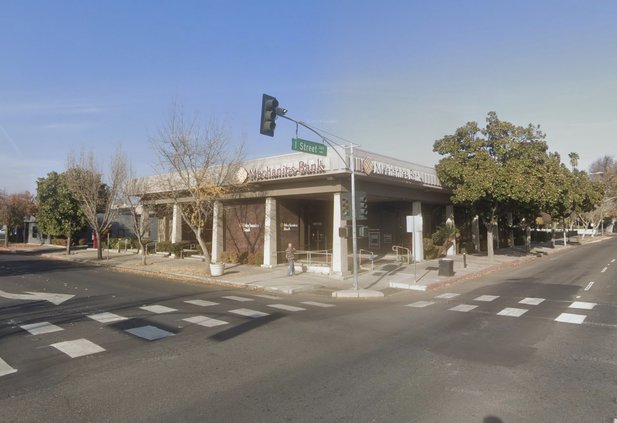BY GARTH STAPLEY
Central Valley Journalism Collaborative
One of the area’s most bruising blows to government trust in years – StanCOG potentially fleeced by its own, according to the Stanislaus Civil Grand Jury – has many wondering how in the world something like this could happen.
This includes elected officials themselves, some of whom were figuratively at the wheel of the transportation agency when the wreck happened.
“How were there no checks in place to make sure these exorbitant expenses and reimbursements and insane vacation paybacks didn’t occur?” Modesto Councilman Chris Ricci said in an interview with The Modesto Focus. “Who was watching the store, man?”
Ricci wasn’t among Modesto’s envoys to the Stanislaus Council of Governments when its executive director, Rosa De Leon Park, allegedly tapped into taxpayer money to live large on the public dime. She drove premium rental vehicles almost nonstop for 3 ½ years, stayed at luxury hotels, took first-class flights, and rented a pontoon boat, all on public money, according to the grand jury report.
In a statement to The Modesto Bee, Park’s attorney said the report contained “many inaccuracies and misrepresentations.” She was placed on administrative leave with pay and is making $25,000 a month while StanCOG leaders sort things out.
These 16 elected leaders, including all five Stanislaus County supervisors and representatives from each of the county’s nine cities, might share blame as well, the grand jury found.
“I’m irritated,” said Buck Condit, chairman of both the county Board of Supervisors and StanCOG’s policy board, which oversees the transportation agency. “Quite frankly, the entire policy board has egg on their face and we need to own up to it. This should not happen.”
Keys to how StanCOG oversight was lost
But it did happen. Here are two key reasons:
- The policy board in 2017 removed financial oversight from the county auditor-controller, handing it to StanCOG’s financial services director, who worked for Park. “That’s when it all started going downhill,” said Mani Grewal, a county supervisor. “With hindsight, if we had known would we have given the kid the keys to the candy store?”
- In about 2022, someone changed StanCOG’s vacation policy for select employees, stretching from five weeks annually to an off-the-charts 10 weeks for Park and nine weeks for her director of administrative services, Cindy Malekos, and allowing them to cash out whatever vacation they hadn’t used.
Bottom of Form
No other employees were eligible for the perk.
No one yet knows exactly how much this has cost taxpayers.
And no one seems to know how the vacation policy came to be altered. The grand jury asked, but got crickets in response.
“There is no documentation of any other policy, nor amendment, nor correction to this policy being approved,” the grand jury report says.
Vacation policy changes for executives remain a mystery
The vacation policy mystery is the subject of a formal demand from the newly formed Stanislaus County Taxpayers Association, requesting an investigation into the vacation policy and payouts.
“We thank the civil grand jury for bringing light on this issue, but it shouldn’t be up to the civil grand jury. Even the appearance of corruption is unacceptable,” Nick Dokoozlian said. The taxpayers group “want(s) to make it clear to everyone in Stanislaus County that we’re going to do the legwork to make sure our tax dollars are spent efficiently and where they need to go.”
Dokoozlian said his group scoured policy board minutes in search of a vacation policy amendment, and turned up nothing.
A StanCOG policy board ad hoc committee has been trying to find an answer, too. It could prove to be Park’s undoing if it’s found that these public servants were instead self-serving.
“We’re going to look at everything,” including the vacation policy puzzle, Condit said.
Some members of a policy board ad hoc committee specially formed to confront this issue confirmed that, and said they’ve prepared a short list of firms to conduct a forensic audit on StanCOG going back five years. The full policy board is expected to hire one soon. It’s not known whether it can pinpoint answers by the legal deadline for StanCOG’s mandated response to the grand jury, the last week of September.
“We owe it to the taxpayers to let them know we’re leaving no stone unturned, to find wrongdoing, how it occurred, who did it, and how they did it,” said Grewal, an ad hoc committee member.
Huge potential payout for new vacation policy
The grand jury found nothing in StanCOG records reflecting Park’s vacation usage, and based on interviews, surmised that she rarely took any. Doing the math, the grand jury figured Park could have cashed out as much as $27,864 every six months, or $55,728 per year, although the actual sum could not be proved, the report said.
Park and Malekos were eligible for 10 and nine weeks of annual vacation, respectively, because both had worked at least 12 years for StanCOG, according to the amended policy. In comparison, county employees must work 21 years to get five weeks, the grand jury report says.
Accrued vacation spiked 30% just after the vacation policy change, the grand jury said.
The cost of the coming audit will be high, said Terry Withrow, a county supervisor, ad hoc committee member, and certified public accountant in his regular job. A common thread he has seen when clients are defrauded by their employees is “usually when there’s lots of trust, and a breakdown in internal controls. (With StanCOG), the breakdown in internal controls is our fault.”
Past Stanislaus County examples of feasting at public trough
Unfortunately, dubious use of taxpayer money is not a new phenomenon in the region.
In 2003, former Stanislaus County Chief Executive Officer Reagan Wilson resigned in disgrace after The Modesto Bee uncovered $230,000 in personal travel expenses he charged to taxpayers, including stays at luxury hotels and buying massages and pedicures for himself and a companion. He reimbursed the county in part. The grand jury this year said, “The parallels of that situation and StanCOG are unmistakable,” describing them as “scandalous and a betrayal of the people’s trust and a waste of taxes.”
Wilson later served as Turlock city manager, from 2022 to his retirement several weeks ago.
Others facing scrutiny for questionable expenses include the late Carmen Sabatino, who was Modesto’s mayor from 1999 to 2003, and the late Jim Brazelton, Stanislaus District Attorney for nine years until 2005. Sabatino used tax money to pay for trips, golf rounds and limousine rides, and a seven-week trial on corruption charges in 2006 ended in mistrial when jurors couldn’t agree on verdicts. Civil grand jurors twice chastised Brazelton for allegedly simulating drawing and firing a gun while complaining about Bee reporters looking into his travel expenses, including alcohol charged at taxpayer expense.
StanCOG’s embarrassment comes nine years after voters throughout the county approved Measure L, a sales tax increase dedicated to transportation projects and improvements, which has been administered by the agency. In 2016, partial credit for its success went to the Stanislaus Taxpayers Association, which agreed not to publicly oppose the Measure L campaign after securing promises for citizen oversight of how tax proceeds would be spent.
That watchdog group, once led by former Modesto resident Dave Thomas, disbanded a few years ago; Dokoozlian’s group, with one word added to make it the Stanislaus County Taxpayers Association, is unrelated.
Measure L has paid for hundreds of road projects since. But leaders say they’re concerned about repairing broken trust.
Said Ricci, “When these things come up, people lose trust in government and it makes it difficult for the rest of us to do business.”
“I don’t know how this might play out in a court of law,” Grewal said. “But it’s embarrassing, to say the least, in the court of public opinion.”
Garth Stapley is the accountability reporter for The Modesto Focus, a project of the nonprofit Central Valley Journalism Collaborative.





